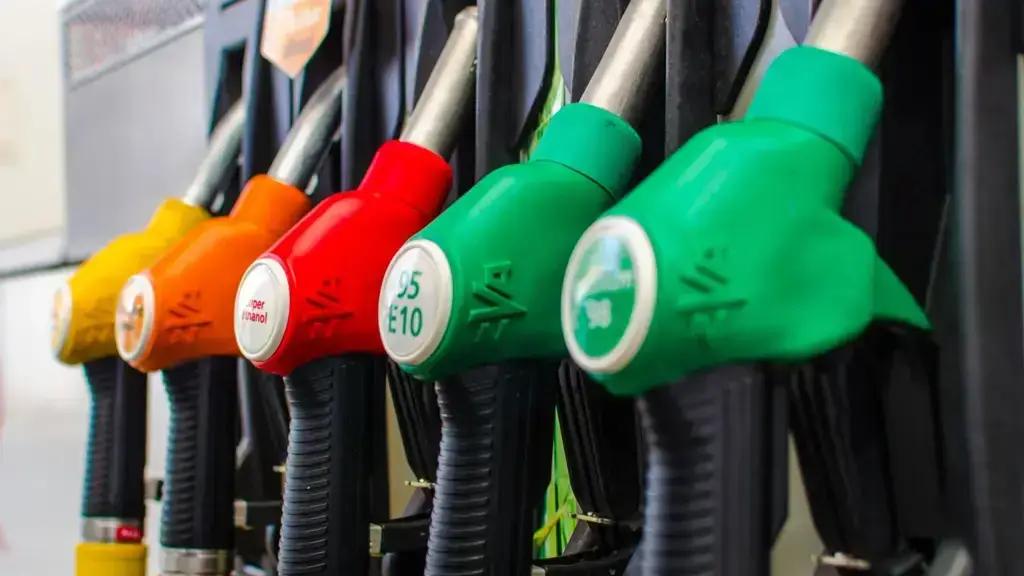
Published
09/20/2024, 09:29Since the beginning of 2024, Kyrgyzstan has reduced its external debt by more than $60 million, which became possible due to payments to 14 international creditors, including the IMF and Chinese Eximbank.
According to the Ministry of Finance, as of the end of July, the external debt of the Kyrgyz Republic was estimated at $4 billion 565.37 million. This is $61.66 million less than in January of this year when it amounted to $4 billion 627.07 million.
The decrease in the country's external liabilities was due to the reduction of Kyrgyzstan's debt to 14 creditors at a time. The largest sums have been paid to the IMF - $49.53 mln and the Export-Import Bank of China - $26.87 mln.
There was also a partial debt redemption to the Japan International Cooperation Agency (JICA), the Government of Turkey, the Abu Dhabi Development Fund and others.
According to the Ministry of Finance, in January-July, the republican budget spent 20 billion 381.1 million KGS overall on servicing the external debt, of which 16.4 billion KGS were directed to the repayment of the principal debt. If we count on the change in debt to creditors, then total liabilities to them between the end of January and the end of July decreased by $101.2 million, or in recalculation at the exchange rate of the National Bank of the Kyrgyz Republic on July 31 - by 8.5 billion KGS.
Meanwhile, the total external debt real reduction appeared to be even lower. The fact is that the Kyrgyz Republic also increased its liabilities to nine creditors by $39.54 million, which offset the effect of debt reduction. The most significant new loans were obtained from the International Development Association (World Bank Group) and the Asian Infrastructure Investment Bank - $11.94 million and $9.71 million, respectively.
In general, if we look at the total public debt - external and internal, it has increased rather than decreased. By the end of July, it reached $6 bln 542.42 mln, which is $271.92 mln more than at the end of January this year.
This is because the country has been actively increasing domestic borrowing in recent years. At the end of July, Kyrgyzstan's domestic debt reached almost $2 bln ($1 bln 977.05 mln). At the beginning of this year, it amounted to $1 bln 643.44 mln. It means it is growing by an average of $55.6 mln every month.
The state holds most of its domestic debt, $1 bln 947.96 mln, in treasury bonds with maturities ranging from two to ten years. The rest share of the liabilities, $28.16 mln, are in state treasury bills with a maturity of 12 months.
In 2024 alone, the Ministry of Finance allocated 10 billion 696.3 million KGS to service the domestic debt. At that, the KR pays more on interest than on repayment of the principal amount. For seven months, the ministry repaid the main domestic debt by 4 billion 699.9 million KGS, and paid interest by 5 billion 996.4 million KGS.
By building up domestic debt, the republic is trying to solve simultaneously several challenges, such as currency risk reduction. Since about 80% of the country's external loans are denominated in US dollars, we depend on the value of the US currency when repaying such liabilities. Thus, in case of its growth against the som, the debt becomes more expensive for us. Besides, foreign debt is almost always a condition. By borrowing from ourselves, we also become more independent. And, finally, it is the public debt diversification.
However, not everyone supports the idea of increasing the internal borrowing share. The main reason is rather expensive domestic debt - 14-16% per annum on bonds and 12-13% on promissory notes. It looks especially unfavourable against the background of the decline in the value of the US dollar - 5.9% since the beginning of 2024.



